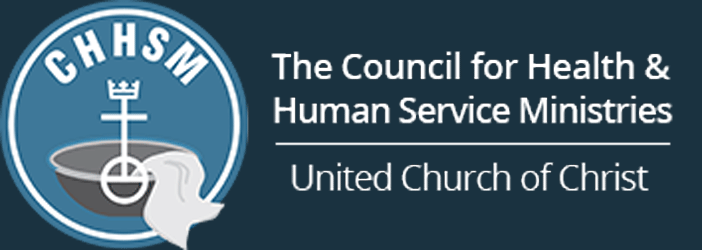Organ Donations Save, Improve Life
June Benedick signed up for the Illinois state donor registry after she learned that one organ donation could save dozens of lives.
“I’ve known about organ donation for decades,” says Benedick, a faith community nurse with St. Louis, Illinois-based Deaconess Faith Community Nurse Ministries. “But there are a lot of misconceptions and confusion about the process. The more I’ve learned, I’m reminded that we should do anything possible to help improve life for someone else.”
Now, Benedick is helping to share the importance of organ donation with others. She recently organized an informational session at St. Mark Lutheran Church in Belleville, Illinois, and is planning another at St. Paul United Church of Christ in Lebanon.
“I could tell that people were interested, but they had a lot of questions,” she says.
Other CHHSM ministries are also leading discussions about organ donations amid an ongoing, national need.
More than 123,000 people need an organ, such as a kidney, a heart or lungs, according to the United Network for Organ Sharing. But waiting lists can span five years or longer, and almost two dozen people die every day waiting for a donation. That’s why education is so important, says Dr. Deepak Mital.
“There’s a huge need,” says Mital, director of the Kidney Transplant Program at Advocate Christ Medical Center in Oak Lawn, Illinois. “A transplantation can double someone’s life span.”
While Mital specializes in kidney surgery, the medical center has performed 133 kidney, heart and lung transplantations since 2007.
Advocate accepts organs from deceased and living donors. Those who may wish to donate their organs after death should express their intention by indicating on their driver’s license or signing up on their state’s organ donor registry. This is known as “first person consent.” Mital says individuals should discuss their donation intentions with family members.
A living donor may choose to donate an organ to a family member, a friend or someone they may not even know. Living donation can include a single kidney, a lobe of liver or bone marrow. Living donors must be at least age 18 and should lead healthy, active lives.
“It’s a safe procedure,” says Mital, who pioneered the micro-invasive living donor nephrectomy, which uses a single, three-inch incision to remove and transplant kidneys. “Most people go home the next day. One donor ran the Chicago marathon five months after giving a kidney.”
Linda Stoecklin organized a tissue and organ donation drive after her nephew was diagnosed with leukemia in 2012. The faith community nurse, who works at Immanuel United Church of Christ in Ferguson, Missouri, says that most of her church members weren’t aware of the donation process.
“Awareness is important,” she says. “I don’t think we do enough to point out what people are going through while waiting for these life-saving procedures.”
Although Stoecklin couldn’t find a bone marrow tissue match for her nephew, the event was still a success, she says.
“So many people came out to learn about how they could donate,” she says. “It was inspiring. People were willing to give.”
Join Our Mailing LIst
"*" indicates required fields
Follow on Facebook
Phoebe Berks Residents Take the Stage in First-Ever Talent Show - CHHSM
www.chhsm.org
Written by Alan Raisman & Dominic Trabosci; photos by Alan Raisman. The Phoebe Berks community in Wernersville, Pa. — part of Phoebe Ministries based in Allentown, Pa. — was in awe after watching ...